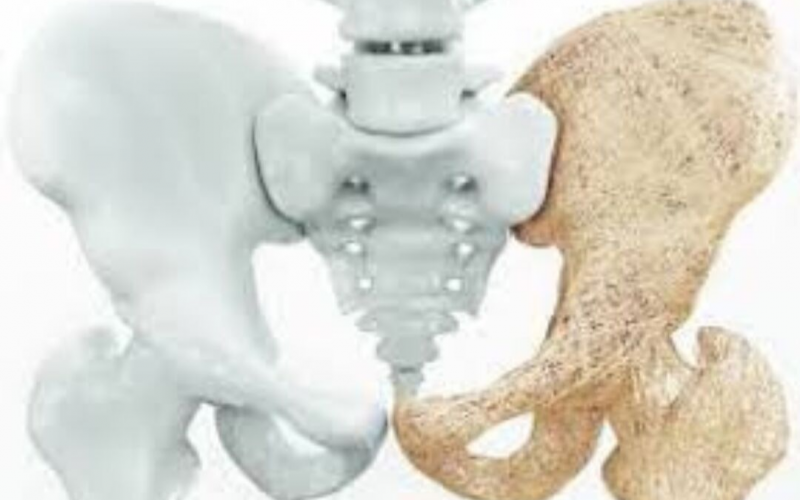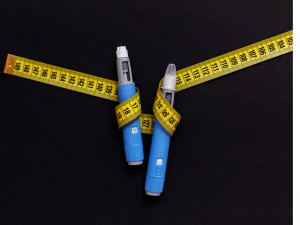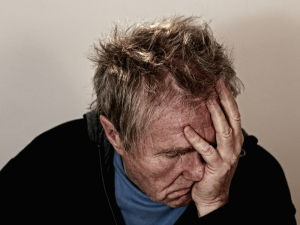Our bones are “living tissue.” of continually renewing cells, blood vessels nerves, and minerals. Osteopenia and Osteoporosis are conditions in which this process is affected causing bones to become weak with a higher risk for fractures.
These conditions usually develop quietly and slowly over the years, often only being diagnosed when a minor incident results in a fracture. Commonly people with osteoporosis end up with a wrist, hip fractures. Usually, symptom-free until a fracture occurs, sometimes a simple cough or sneeze can cause a rib breaking. However, spinal fractures are a common cause of long-term pain, and reasons for people seeking osteopathic treatment or joining a Pilates class. Some people develop the characteristic stooped posture as a result of these often silent spinal fractures.
Risk factors for developing osteopenia or osteoporosis include:
- Being a woman, especially following the menopause It can also sometimes affect men, younger women and children.
- Premenopausal women who have had their ovaries removed. Or those who go through the menopause before the age of 45.

- Women and men with a history of eating disorder, such as anorexia or bulimia.
- Eating a poor diet: Low intake of foods that provide calcium, along with vitamin Deficiency D
- A sedentary lifestyle or not enough “weight bearing” exercise
- Some medications can interfere with the bodies mineral levels; these include steroids, some asthma treatments, thyroid medications, certain birth control pills.
- Chemotherapy or Radiation treatments
- Research suggests that Caucasian women develop bone disorders more often than people of African, Caribbean descent, or those from Hispanics or Asians backgrounds.
- Smoking
- Heavy alcohol consumption
- Having a low body mass index (BMI)
- Over-exercising
- Obesity as it affects hormone production and contributes stress to already weakened bones.
- A family history of osteoporosis
Diagnosing osteoporosis
DEXA scan
Is a quick, painless procedure used to measure bone mineral density. Bone mineral density is compared to that of a healthy young adult and someone who’s the same age and sex as you. The difference is calculated as a standard deviation (SD) and is called a T score.
- A measurement above -1 SD is considered normal
- A measurement between -1 and -2.5 SD is defined as decreased bone mineral density compared with peak bone mass – Osteopenia
- A measure below -2.5 is defined as Osteoporosis
Osteopenia
Is the diagnosis if bone density tests show decreased levels but not enough to be classed as osteoporosis. Treatment may be advised at this stage depending on the risk of fracture and family history.
Preventing osteoporosis
People at risk of developing osteoporosis should take steps to help keep their bones healthy including:
- Getting regular “loadbearing“ or “weight-bearing” exercise
- Eating foods rich in calcium and vitamin D
- Taking vitamin D supplement daily, which now recommended for most people living in the UK.
- Lifestyle changes; such as giving up smoking and reducing alcohol consumption.
Treatment
Treating Osteopenia and Osteoporosis is based on using medication to strengthen bones and prevent fractures. The decision about whether medication is needed depends on the risk of fractures, which is based on several factors: age, gender, family history and the DEXA scan results. A GP or specialist can suggest the safest and most effective treatment plan.
Living with osteoporosis
Reduce your chances of a slip, trip or fall if you have been diagnosed with Osteopenia or Osteoporosis. Removing hazards around your home, for example, loose rugs etc., and having regular sight and hearing tests are useful prevention steps.
Disclaimer:
Please note: This is for guidance only, it should not be regarded as a substitute for medical advice, diagnosis or treatment given in person by an appropriately trained health professional.
SaveSave
SaveSave







